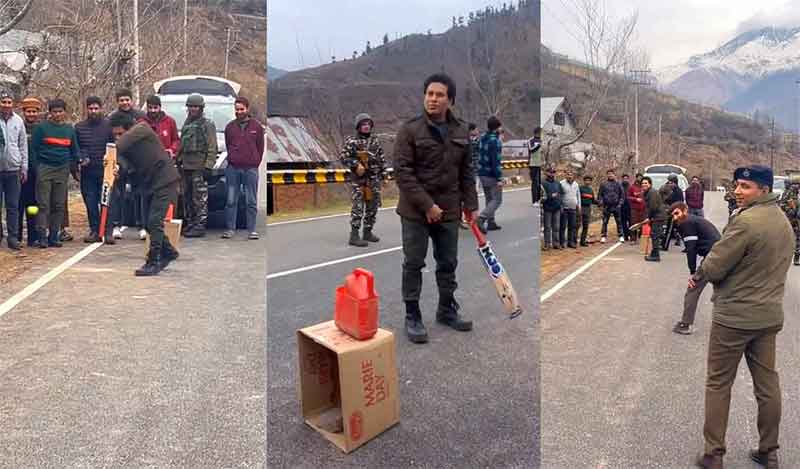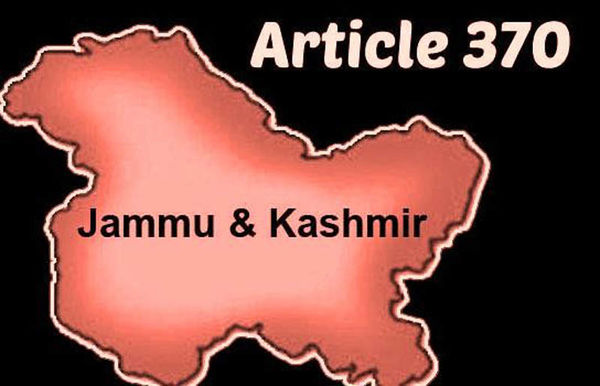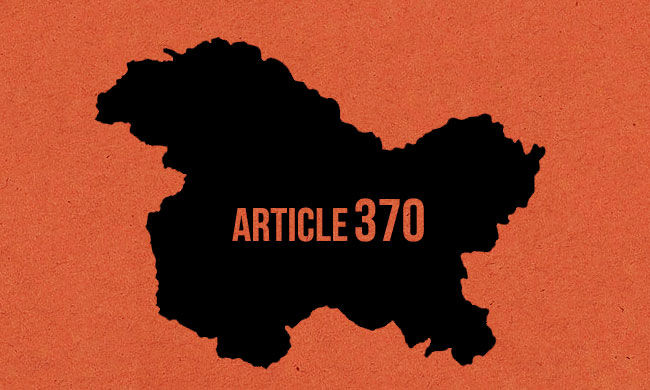
A year since reading down of Article 370, J-K’s economy is in crisis. In August last year a complete communication blackout and lockdown was enforced after BJP-led Central government scrapped Article 370 and suspended J-K’s constitution. The state was put under complete lockdown, thousands of more troops were flown in and tourists were asked to leave the state with immediate effect. In the subsequent months the economic activity remains shattered with the business establishments remain shut and transport was off the roads. In eleven months since J-K becomes a UT, the economy is plummeted with grim serendipity of revival.
State Of J-K Economy
The August 2019 lockdown plunged the state into a sharp downward spiral. By end December 2019, the economy of the valley was in dire straits. In four months of the lockdown, J-K’s industries suffered a loss of Rs.17,878.18 crores (roughly USD 2.4 billion), while job losses in the valley were just under half a million (497,000). The Kashmir Chamber of Commerce and Industry (KCCI), in a recent report , put economic losses in the Kashmir Valley in the last year at Rs 40,000 crore – That means the Kashmir Chamber of Commerce and Industry (KCCI)’s loss estimate is about 11% of J&K’s economic output.
According to preliminary loss assessment report by Kashmir Chamber of Commerce and Industries, service sector, including Tourism took the biggest cumulative hit losing Rs 9191 crore in first 120 days after abrogation of article 370 on August 5. The sector also witnessed a whopping 1, 40,500 job losses, the report added.
Despite the increase in tax collections, the gross fiscal deficit of J&K has been estimated around Rs 7,720 crore for the year 2019-20, which has shot up by 69.6 per cent in the last five years, according to RBI data.
The prolonged lockdowns from August 2019 till date led to low demand, fewer purchases, a reduction in satisfaction, trust and loyalty, which in turn reduced turnover, margins, market share and overall business performance. The fruit industry, one of the state’s largest producers that supplies apples across India, contributes about 10 percent to Jammu and Kashmir’s economy. It lost around 1.35 lakh metric tons of its crop due to restricted transport facilities. According to the MHA, by January 2020, NAFED had only purchased Rs.70.45 crores worth of apples, while the average revenue from apple sales is around Rs. 14,000 crores per annum.
In November 2019, the J&K State Level Bankers’ Committee, representing 41 banks operating in the region, had to approach the Reserve Bank of India for a special loan rehabilitation package and relaxation in capital provisioning for bad loans to save their balance sheets. The CMIE data show that the unemployment rate (UR) breached the 20% mark in August 2019 after staying below the figure for 30 months.
How an economy grows
In his book How An Economy Grows and Why it Crashes Peter Schiff presents three important points of the robust economics: First, the fundamental reason for promoting economic growth is production, not consumption; second, improving the deteriorating economic situation requires savings rather than consumption; third, the economy does not need inflation but rather deflation for prosperity.
Undoubtedly, economic growth does depend on a degree of economic freedom, and under some circumstances, more freedom will promote additional growth.
The economists have identified six factors of economic growth: natural resources, physical capital or infrastructure, labor, human capital, technology and law. These factors are key components in an economy. Improving or increasing their quantity can lead to growth in the economy.
Since last August in J-K, there is a limited or no physical movement, a devastated supply chain and colossal demand shock. A New York based digital rights organization, Access Now, has said that so far in 2020 there have been 55 internet shutdowns in India, with 46 of them in J-K, and 38 in Kashmir alone. In the absence of high-speed internet both the e-commerce and making online payments becomes near impossible. Internet bans in Kashmir have proved calamitous for the economy, crushing innovation in the region and leading to joblessness.
Political stability as a prerequisite for economic growth
Economic growth and political stability are deeply interconnected. The uncertainty associated with an unstable political environment may reduce investment and the pace of economic development
While the peaceful environment that political stability may offer is a desideratum, it could easily become a breeding ground for high economic growth.
When we talk about political stability in the context of growth, leaving aside resource-driven bubbles, we mean the rule of law, strong institutions rather than powerful individuals, an efficient bureaucracy, low corruption and an investment enabling business climate.
The absence of sustainable peace, and presence of subsequent shutdowns, curfews and a civil strife that follows, does not only result in the loss of human lives, but also makes the society economically weak. The intense political conflict in Kashmir has hampered any heavy industry to thrive and prosper. In the run-up to strip J-K of its special status, the central government on August 2 last year issued an advisory. The advisory warned of “terror threats”, and advised that tourists and Hindu pilgrims should “ curtail their visit… and return as soon as possible”. In subsequent months situation becomes war-like and grim aided by the imposition of another lockdown due to Covid19.
According to a news report by Scroll, as per statistics provided to parliament on December 9, 2019, tourist figures declined from over quarter of a million in 2018 to just over 43,000 between August-December. As a result, there were an estimated 144,500 jobs lost in the tourism and handicrafts sector alone.
One of the stated reasons for bifurcating the erstwhile state into two UTs is the lack of economic and social development. A year on the economic growth of J-K has been erratic and people are suffering under the rubric of gratuitous lockdown.
When the brutality of conflict surrounds every sphere of life, people lives are bound to be chaotic and anarchical. The landscape of Kashmir is swiftly changing around a particular compelling narrative. The Hindu-nationalist Bhartiya Janta Party’s savagely fierce agenda to enforce demographic change in J-K is devastating its economy and damaging its sociology. People are in economic quandary and in practical dilemma over how to sustain this crisis. Due to this double whammy of nested lockdowns and triple tragedy of the communication gag, logistical restrictions and demand shock, havoc has been unleashed to all major sectors of the economy. The people in J-K have to live with a staggering economy and a perplexing situation of how to triumph over forces of violence.
Bilal Gani is a freelance writer who writes regularly on Kashmir conflict and human rights. Email at [email protected]
SIGN UP FOR COUNTERCURRENTS DAILY NEWSLETTER












































